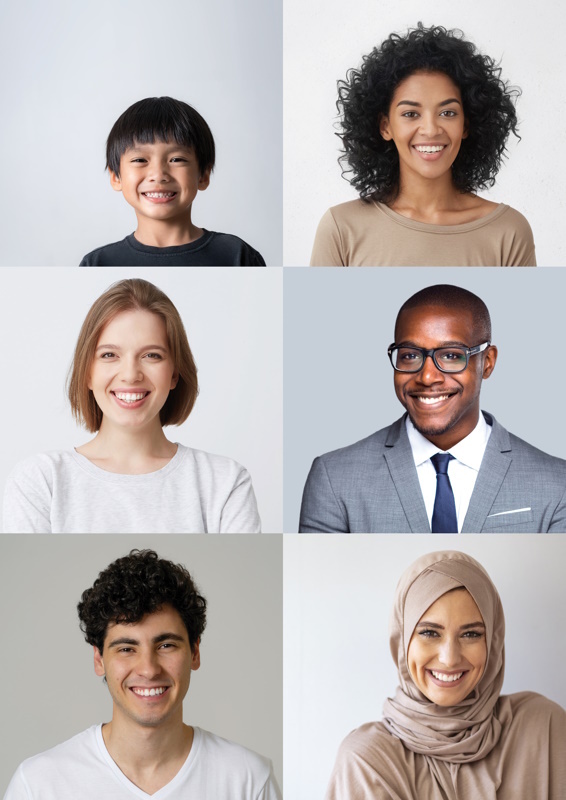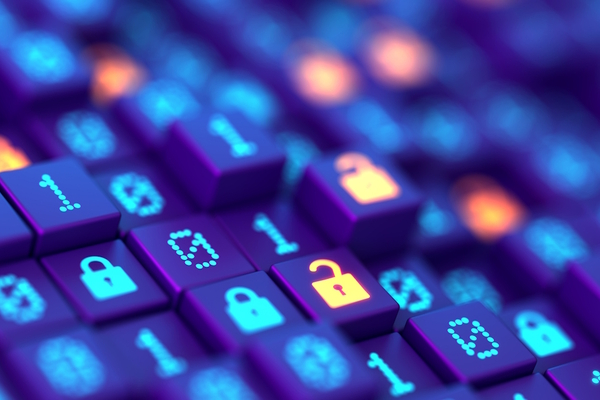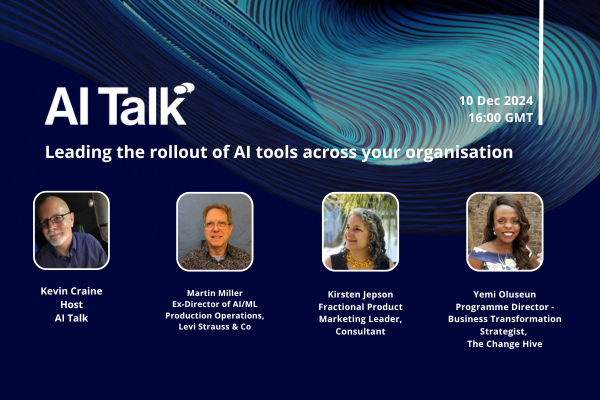Biometric identification: How DNA provides best-in-class security

Whether it’s airport security checks or facial recognition on smartphones, biometric identification solutions are an integral part of our everyday lives. Corinna Schindler at Veridos argues that DNA-based processes not only enable the accurate identification of citizens, but also raise data protection to a new level.
While the term ‘DNA Identification’ is usually associated with forensic investigations, the identification of disaster victims or for genetic relationship analysis, the next generation of solutions is providing a new range of capabilities for the public services sector.
Accurate personal identification allows citizens to gain access to government services, mobility and education. The reality in politically unstable countries, however, is that not everyone has a legal identity which can be proved by a birth certificate or passport.
Nevertheless, their DNA is unique, so it can lead to a clear conclusion in uncertain situations. The latest technologies bring important progresses in this field.

Rapid DNA technologies on the rise
Although the DNA-based method of personal identification has been successfully used in forensics since the 1980s, highly automated technologies have only been available for a few years.
Today, certified "Rapid DNA Technology" solutions using mobile devices and fully automated processes make it possible to generate DNA profiles (known as DNA IDs) from human DNA samples practically anywhere and in the shortest possible time. The processes require no technical and scientific knowledge and without any loss of quality.
Once created, a DNA ID offers a number of advantages over conventional biometric ID, such as fingerprinting or iris recognition. For example, it guarantees lifelong immutability and rules out manipulation. This is because the stored information is locked and protected directly in the nucleus of human cells.
In terms of data protection, a DNA ID achieves an unrivalled level of anonymity. The information stored in a forensic or civil database is purely numeric. It does not allow any conclusions to be drawn about ethnic origin, personal health or appearance but is nonetheless unique. Just the one unique sequence of numbers is recorded for each person, containing less personal data than a passport photo, for example.
While fingerprints, irises or facial shapes change over the course of a person’s life, or can be manipulated by surgical intervention, an unchangeable DNA ID is now the safest and most reliable method of biometric identification.

A simple application in practice
As outlined above, rapid DNA ID generation has become simpler than ever with new automated technological processes. It can be carried out directly on-site using mobile solutions, at official locations or in more remote regions. A laboratory is no longer necessary. All that is needed are the necessary DNA samples and the right device. The current processing time is less than two hours, which is a record in the field.
Once created, DNA IDs can be enrolled and securely stored in government-controlled databases, without giving access to externals.
Because of its minimal data size – 200 bits – each DNA ID is easily stored in any conventional chip of smart biometric identification documents, such as passports.
Rapid DNA samples offer a lot of civilian applications. Besides providing secure border crossing processes, the technology can protect elections, clarify relationships between people or prevent identity theft through their use in the registration of new-born children.
But although DNA-based identification allows secure and unique verification of individuals, it is not a “stand-alone” solution. It is an additional tool that, in combination with other biometric identification methods, provides completely reliable information on an ad-hoc basis.
Acceptance through education and transparency
However, the popular association of DNA collection with its use in criminal applications, means there are still reservations about the technology. But DNA identification works much more anonymously and accurately than other biometric methods, raising data protection to a new level.
Other biometric technologies such as fingerprint matching or iris scanning, also met with scepticism for a long time, but eventually public opinion changed completely. Today, users unlock their smartphones with biometric data and trust the security that comes with it.
It is fair to assume that as the benefits become known there will be much greater acceptance of identification using DNA IDs among the population.
The future of ID technology
Alongside the established biometric processes such as fingerprint, iris scan or facial recognition, DNA ID heralds the next big step in the identification and verification of people.
The quick and reliable results that rapid DNA technologies provide will increase their acceptance, and we can expect to see the technology find its way into further areas of life, where citizens and governments alike will benefit from the advantages of rapid and reliable DNA-based personal identification.
Corinna Schindler is Head of Verification at Veridos
Main image courtesy of iStockPhoto.co

Business Reporter Team
Most Viewed
Winston House, 3rd Floor, Units 306-309, 2-4 Dollis Park, London, N3 1HF
23-29 Hendon Lane, London, N3 1RT
020 8349 4363
© 2024, Lyonsdown Limited. Business Reporter® is a registered trademark of Lyonsdown Ltd. VAT registration number: 830519543





